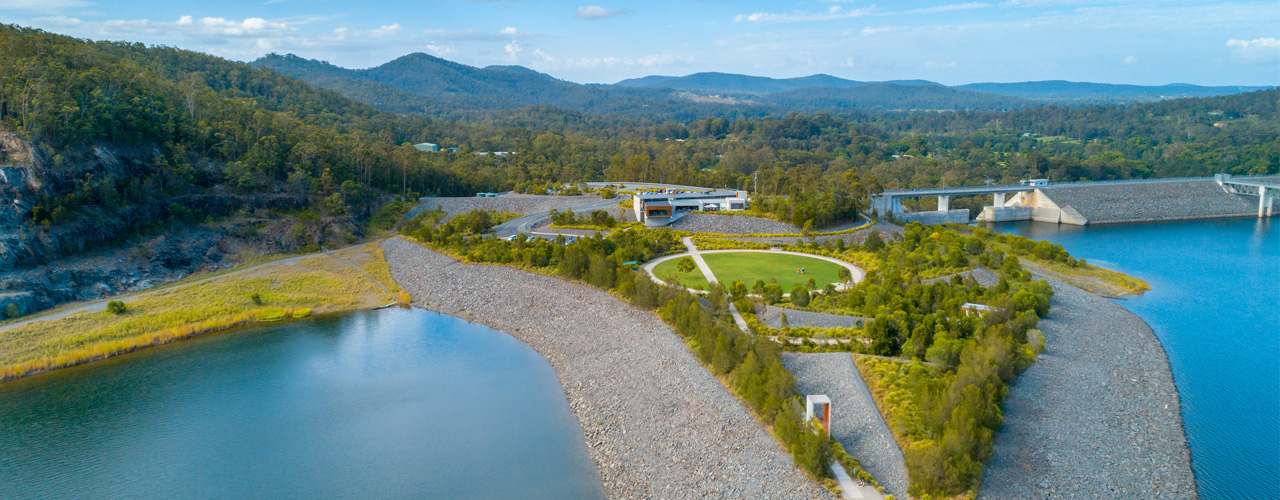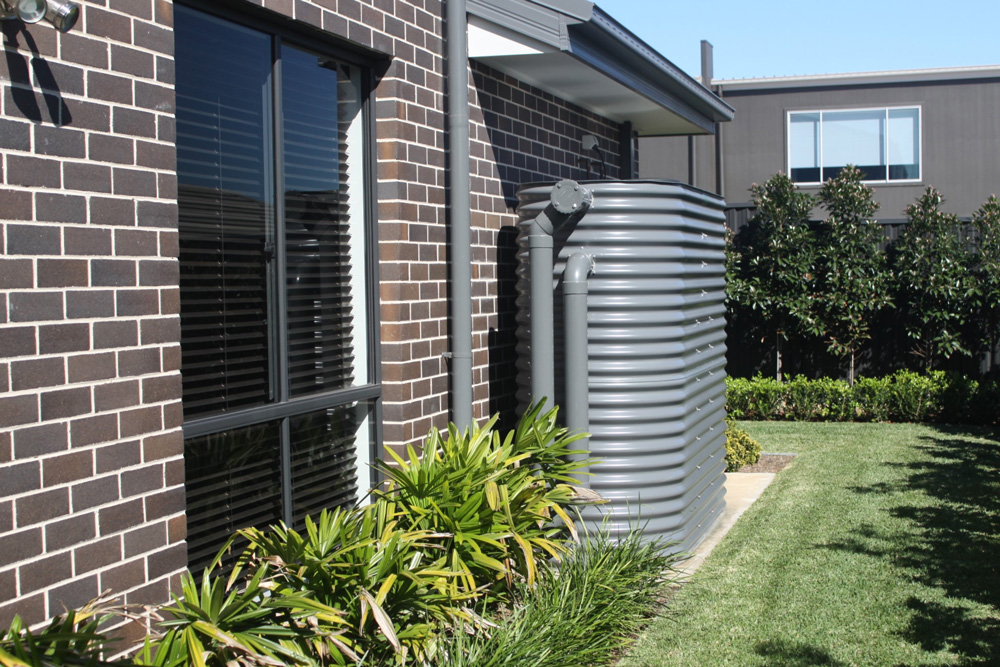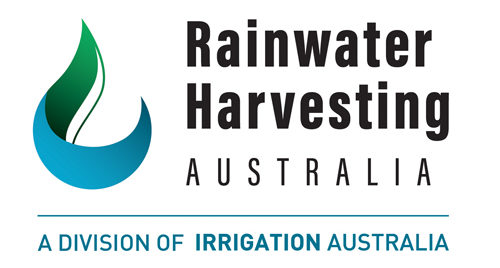
Healthy Land and Water and Water by Design have released a report on Queensland
Planning Policy Water Quality State Interest – A Blueprint for Improving Waterway Management. The report has a series of recommendations to improve the Queensland State Planning Policy.
Healthy Land and Water is a government and water utility funded organisation dedicated to improving and protecting South East Queensland’s environment. They aim to deliver innovative and science-based solutions to challenges affecting our landscapes, waterways and biodiversity. Water by Design is an initiative of Healthy Land and Water specifically focussed on sustainable urban water management.

The objectives are to protect, maintain and enhance SEQ Waterways by initiatives including identifying high value waterways to protect, improving flows within waterways and using water to cool our cities. A series of strategies are recommended to achieve the objectives.
Strategy 3 is to protect waterways is about flow management. There is good evidence that urban areas upset the natural flows into our waterways. Excess flow volume runs into the waterway when it rains but baseflow is reduced because urban areas prevent groundwater replenishment. The report recommends reinstatement of the Queensland Development Controls requiring water efficiency targets including rainwater tanks on new buildings. The report references the research suggesting that a rainwater tank increases property values by about $18,000. The report considers that water utilities might own and manage the rainwater tanks to manage stormwater flows using technologies developed for the Aquarevo project in Victoria. It is considered that

“Household rainwater tanks would displace need for potable water for toilet flushing and irrigation. Flow and nutrient impacts at the creek would be reduced.”
Strategy 4 explores water sensitive urban design through ‘at source’ solutions. These solutions deal with water pollution and flow volume management at the source of the problem, for example at the building level rather than downstream in the street or bottom of the catchment. This would enable permeable catchments and groundwater infiltration. Rainwater tanks are recommended as a deemed to comply land use planning solution and through schemes such as Greenstar and BASIX. Other solutions are permeable pavement and raingardens and builders could choose the solutions that suit them best.
Strategy 12 considers reuse of stormwater to improve the diversity and resilience of water supply and recommends rainwater tanks and a basic inexpensive form of passive irrigation for street trees to be made mandatory through the Queensland Development Controls. The report is interesting in that it reflects a growing body of standards, research and government policy supporting ‘at source’ solutions for water and stormwater management specifically referencing rainwater harvesting solutions. These include the Australian Rainfall and Runoff Guidelines from Engineering Australia, the work of PJ Coombes, Chris Walsh and policy and legislation in NSW, Victoria and proposed policy in the new SA Planning Scheme. The report is also interesting in that rather than the usual vague ‘lets make water management better’ policy it recommends a mandatory requirement for water efficiency and stormwater management through the (modified) Queensland Development Controls.
